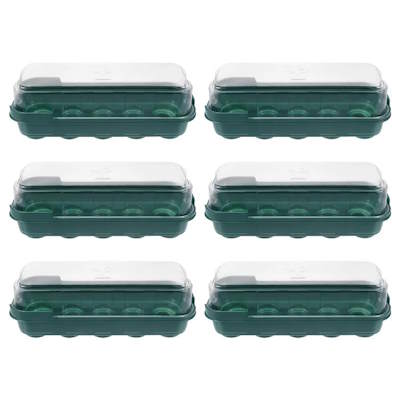How to plan your seed sowing schedule like a pro – for the busy gardening year ahead
8 tips from a former professional gardener to help you get organized with your seed sowing

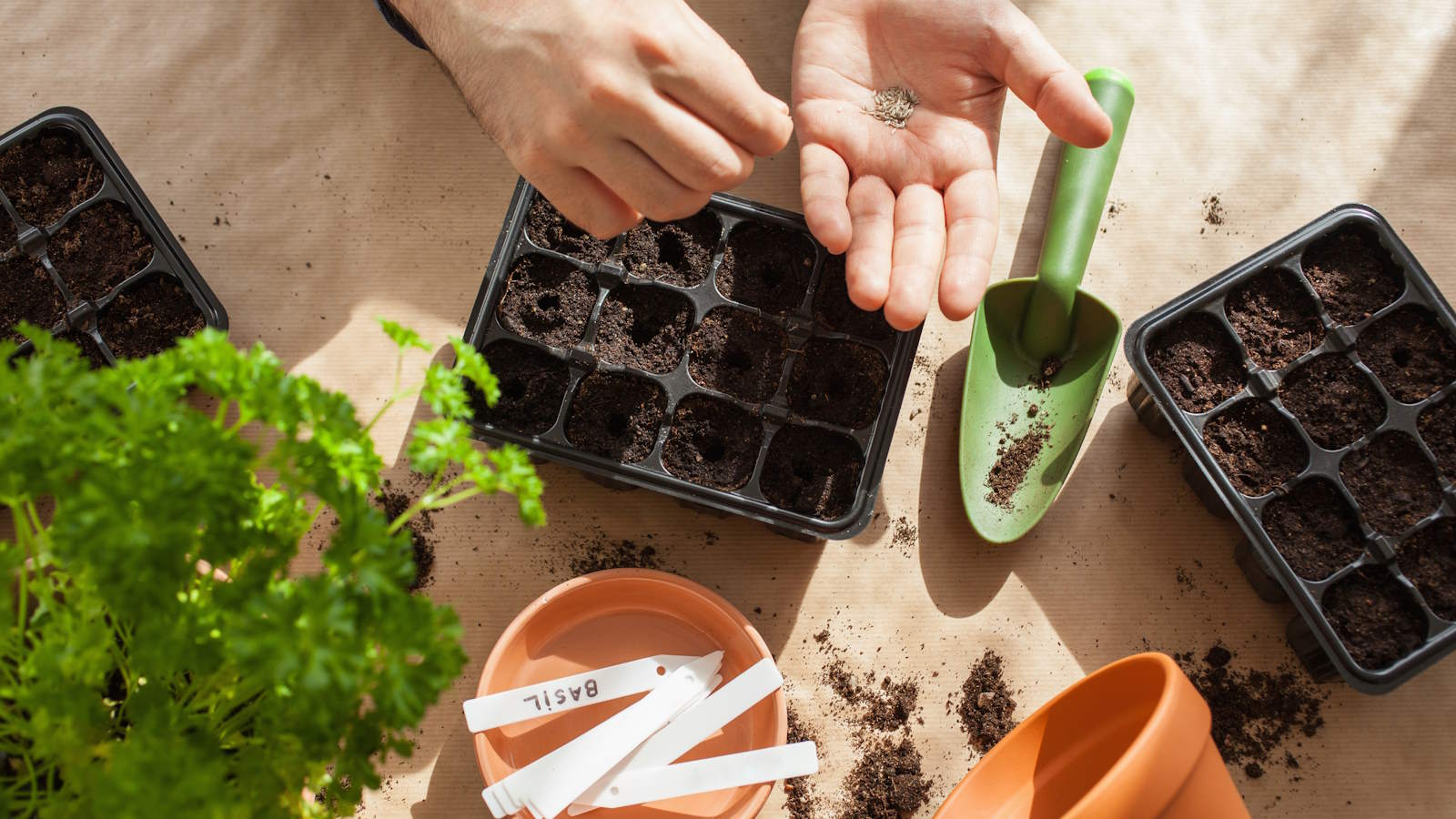
What can be more enjoyable and rewarding than growing your own plants from seed at home? Whether it is flowers, vegetables, or herbs, sowing seeds and raising your own plants is one of the most satisfying gardening experiences.
However, there are so many plants you can germinate from seed each year that it can get confusing, and potentially stressful. That is where spending a bit of time getting organized and putting together a seed sowing schedule can come in handy.
Making your own seed sowing planner will help both you and your plants. You benefit from being able to relax knowing you have got it all planned out in advance, while your plants are going to be healthier and stronger from being sown at the correct time - it is a win-win.
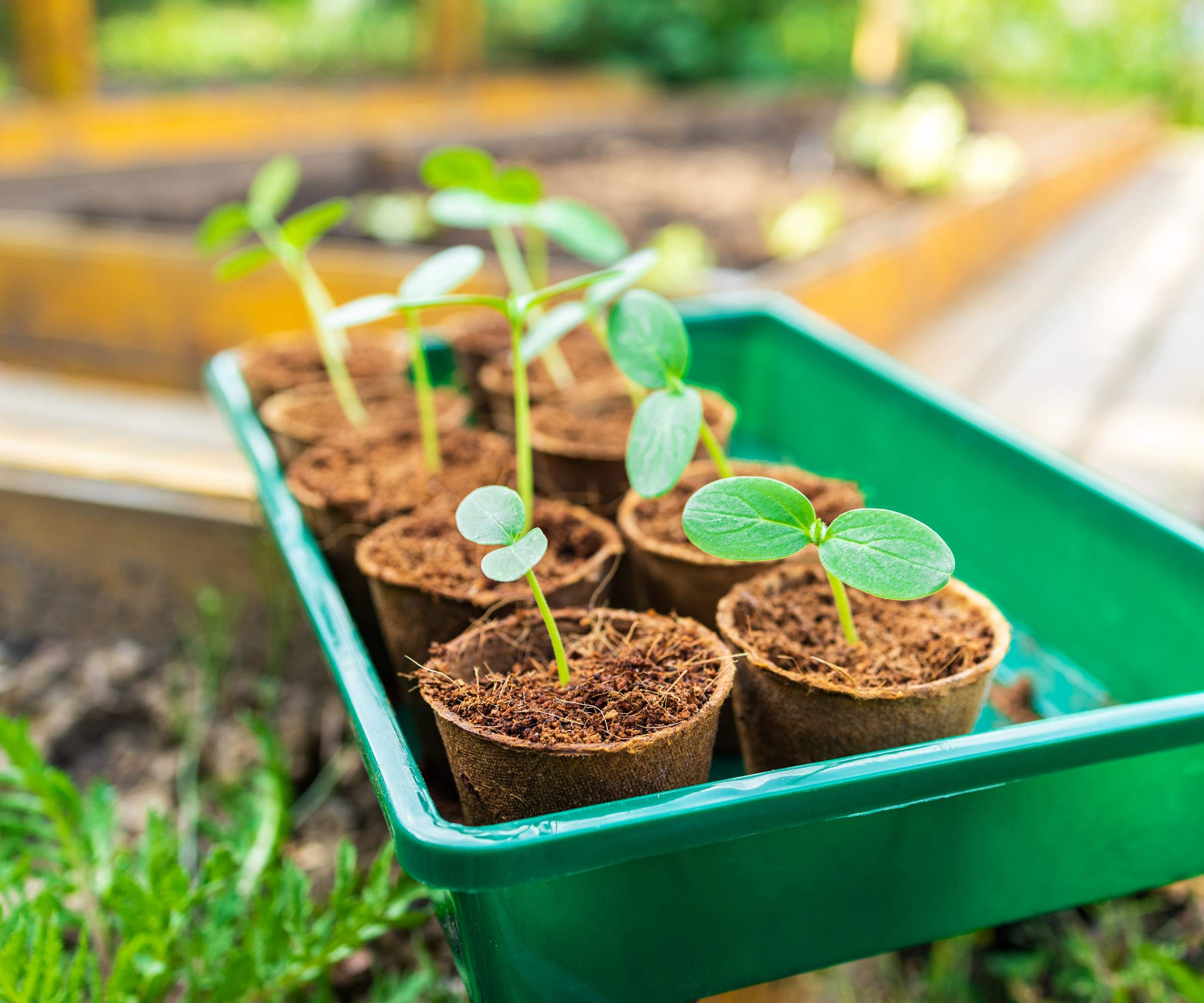
What should go on a seed sowing timeline?
Whether you are sowing plants for flower beds or crops to fill a vegetable garden, they all need to go on a seed sowing schedule. If you plan to sow seeds indoors, or direct sow them outside, put them all on a planner to help you feel organized and ready to go once the season starts.
During my time as a professional gardener I planned and oversaw large propagation regimes that sowed thousands of plants every year. I diligently made a seed sowing planner that charted what was going to be sown every week for up to seven months of the year.
This is on a different scale to any home gardener - but the benefits of making a plan are the same for a seed sowing timeline of any size. Using what I learnt from creating sowing plans over the years, I have identified eight key areas to consider that will help you get your seed sowing organized.
Make a list of plants

This can be an exciting task and also provide a bit of gardening relief from the otherwise cold and wet winter days. It is good to get this done early, I always tended to have a sowing list ready by the middle of February - in time for the seed sowing to start undercover.
Design expertise in your inbox – from inspiring decorating ideas and beautiful celebrity homes to practical gardening advice and shopping round-ups.
After browsing seed catalogues, magazines, social media, and websites, you can get together a wishlist for the season and then order the seeds you want to grow. This list will form the basis of your seed sowing schedule for the season ahead.
Check recommended dates
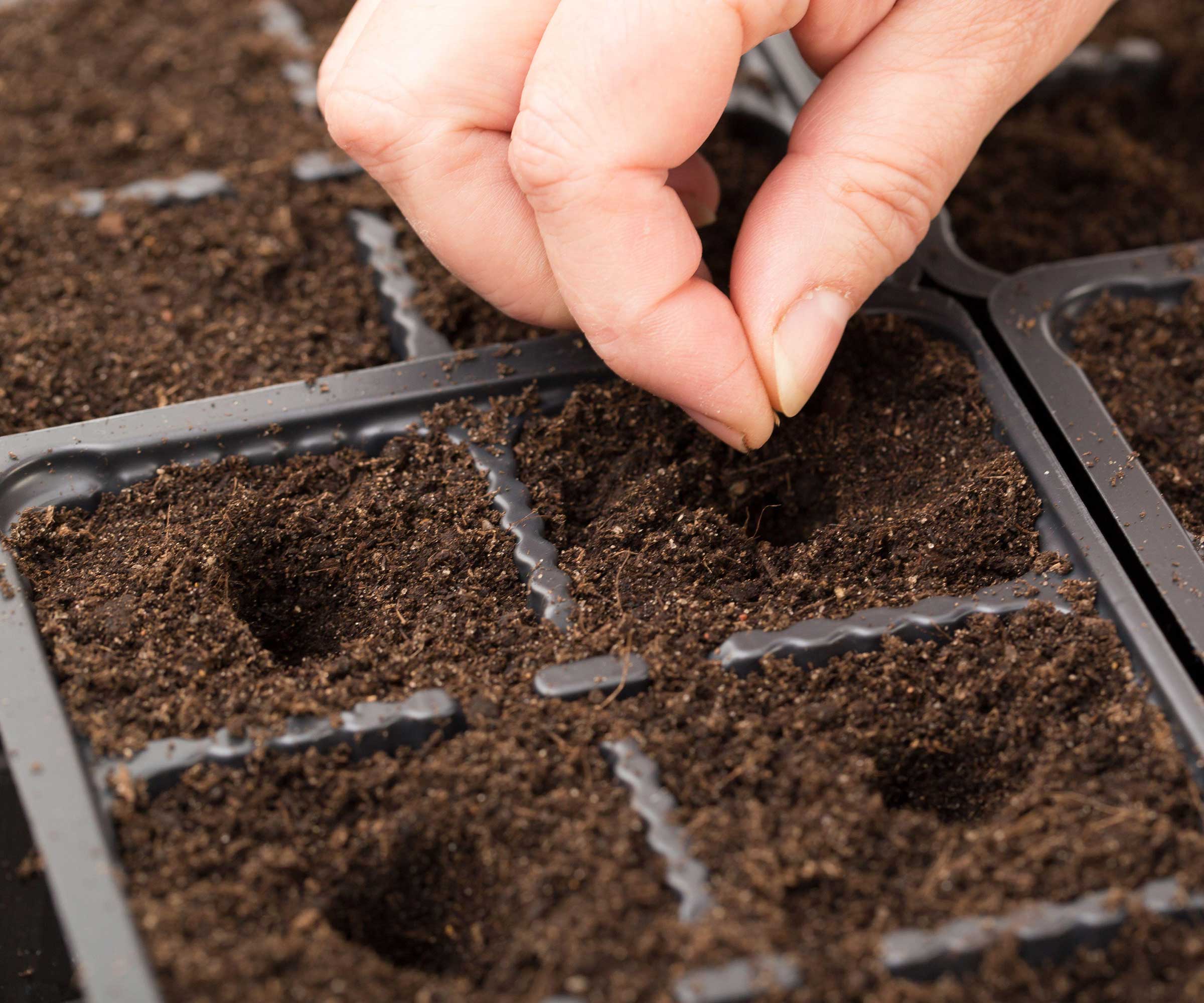
Whether you are going to be sowing old seed, collected seeds, or use up leftover seed packets from previous years - any packets will contain vital information. The packets, or alternatively the plant’s information online, will tell you the right timings for sowing, both indoors and outdoors.
Go through your wishlist and note down what can be sown each month going forward. There are going to be busier periods as the temperatures warm up, though by mapping out what can be sown when it might show up opportunities to go earlier with some to spread out the overall sowing calendar.
Know your frost times
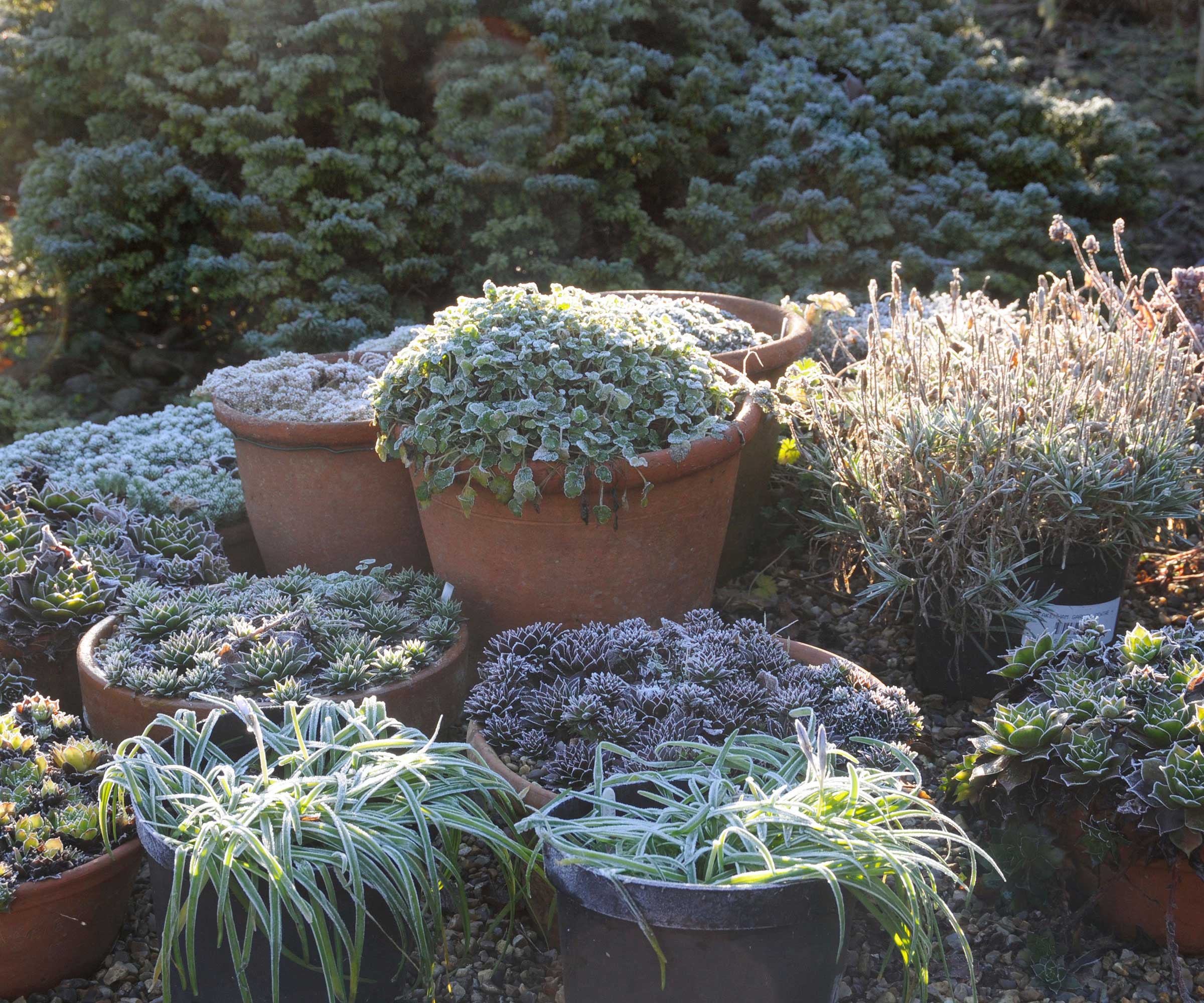
It is important to know when the last frost is likely for your US hardiness zone. This will dictate when half-hardy and annual seedlings can be transplanted outdoors, and also when you can start direct sowing into the garden.
When starting plants indoors as transplants to go outside later, work backwards to establish the best sowing date. By determining how long it should (ideally) take to go from sowing the seed to planting out, you can time the sowing correctly. It should prevent plants from getting too root-bound in their pots, which can cause them to stall when planted out.
Calculate plant numbers

Knowing the number of plants you need can prevent you massively over-sowing - and it can be helpful if you are short of space or planning a greenhouse that is going to be chocked full of plants in spring.
Whether it is flowers or vegetables, consider the area and look at the recommended spacings that will be on the seed packets. It should help you get an idea of how many plants you’ll ultimately need, and then add 10-15 per cent on top to cover for failed germination. The total figure should help establish if one sowing will suffice, or multiple sowings will be required.
Use successional sowing
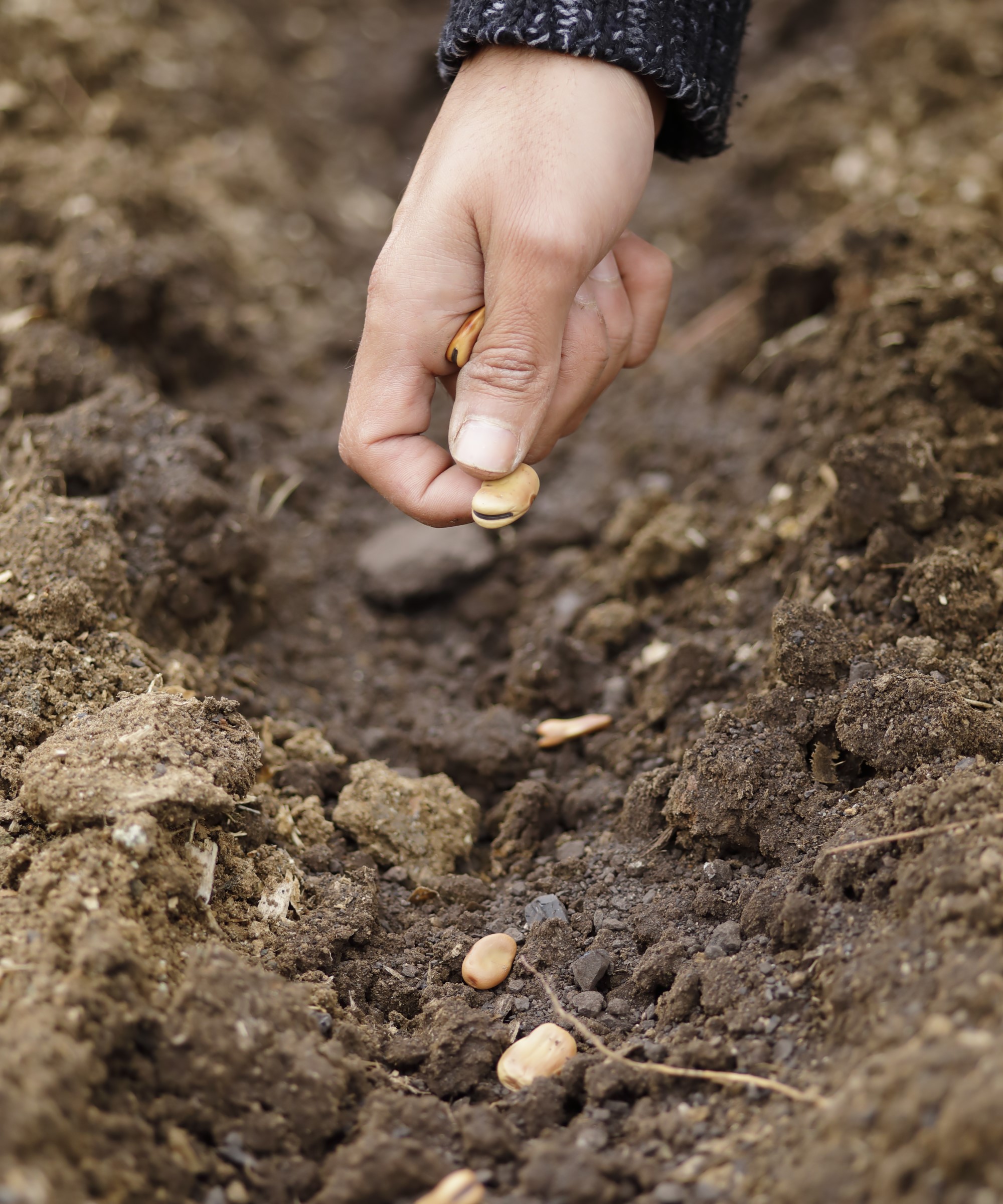
Successional sowing is a term often most used for planting vegetables, but it can also come into play for starting flower seeds. It means doing regular and smaller sowings to get a longer and successive harvest of crops throughout the season. Successive sowings can help to get extended blooming seasons too, and be useful when planning a cut flower garden.
Many plants can be sown successionally, both indoors and outdoors, and it is worth considering when starting vegetable seeds, including beets, carrots, peas, lettuces, and many more. Successional sowing can help you to space out small sowings of plants every few weeks and avoid large gluts of bulk sowing at busy periods.
Resist the temptation to rush
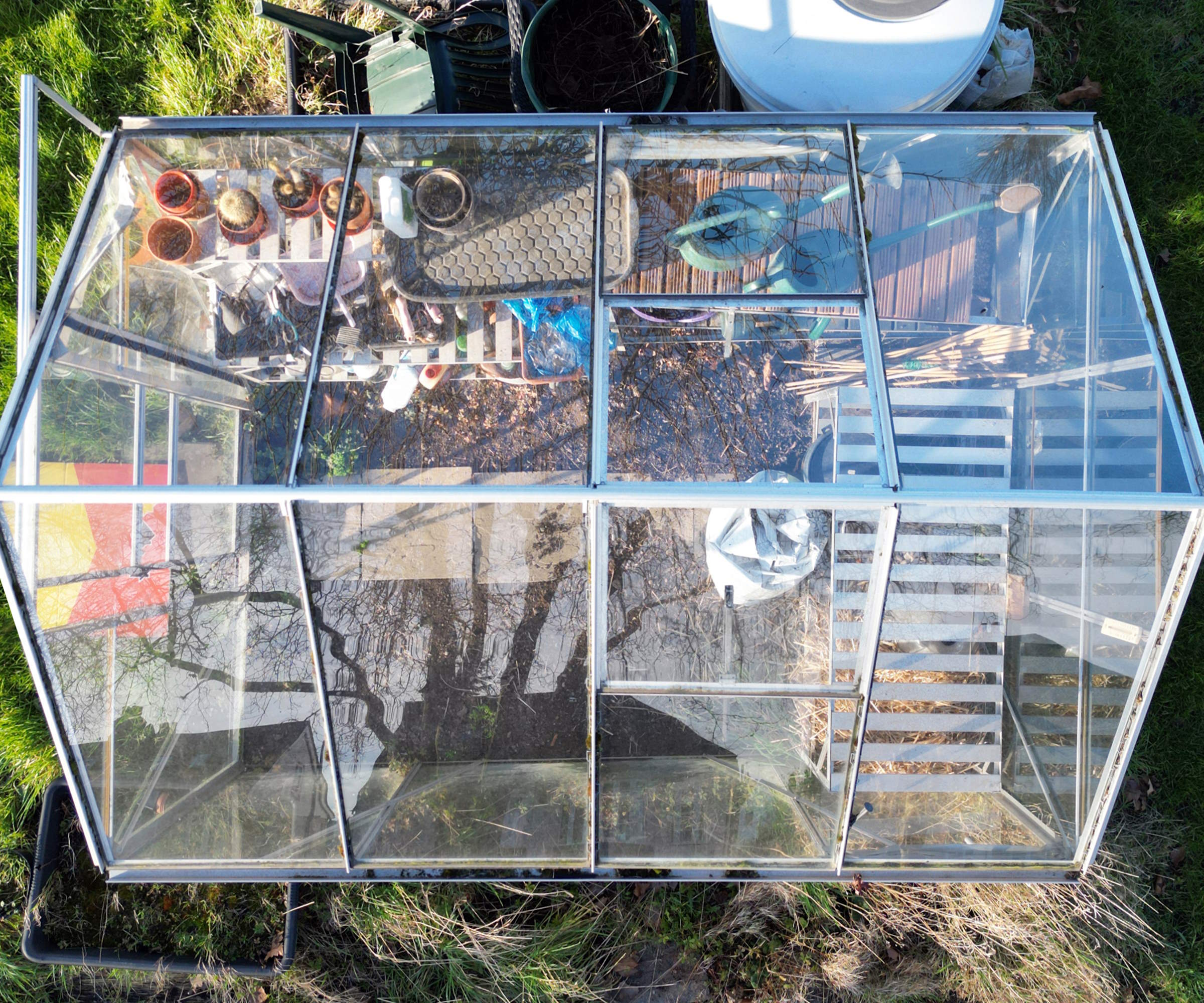
This can be easier said than done, especially when you are likely to see social media flooded with gardeners sowing seeds in January. The truth is that sowing that early, when the light and heat levels are often very low, is only reserved for people in warmer climates or with the luxuries of a heated greenhouse and grow lights.
Unfortunately, for most people, sowing that early will likely lead to poor germination and leggy seedlings. Try to save January for garden planning and consider waiting until February to plant vegetables and flowers at the earliest.
Where and how will you sow?
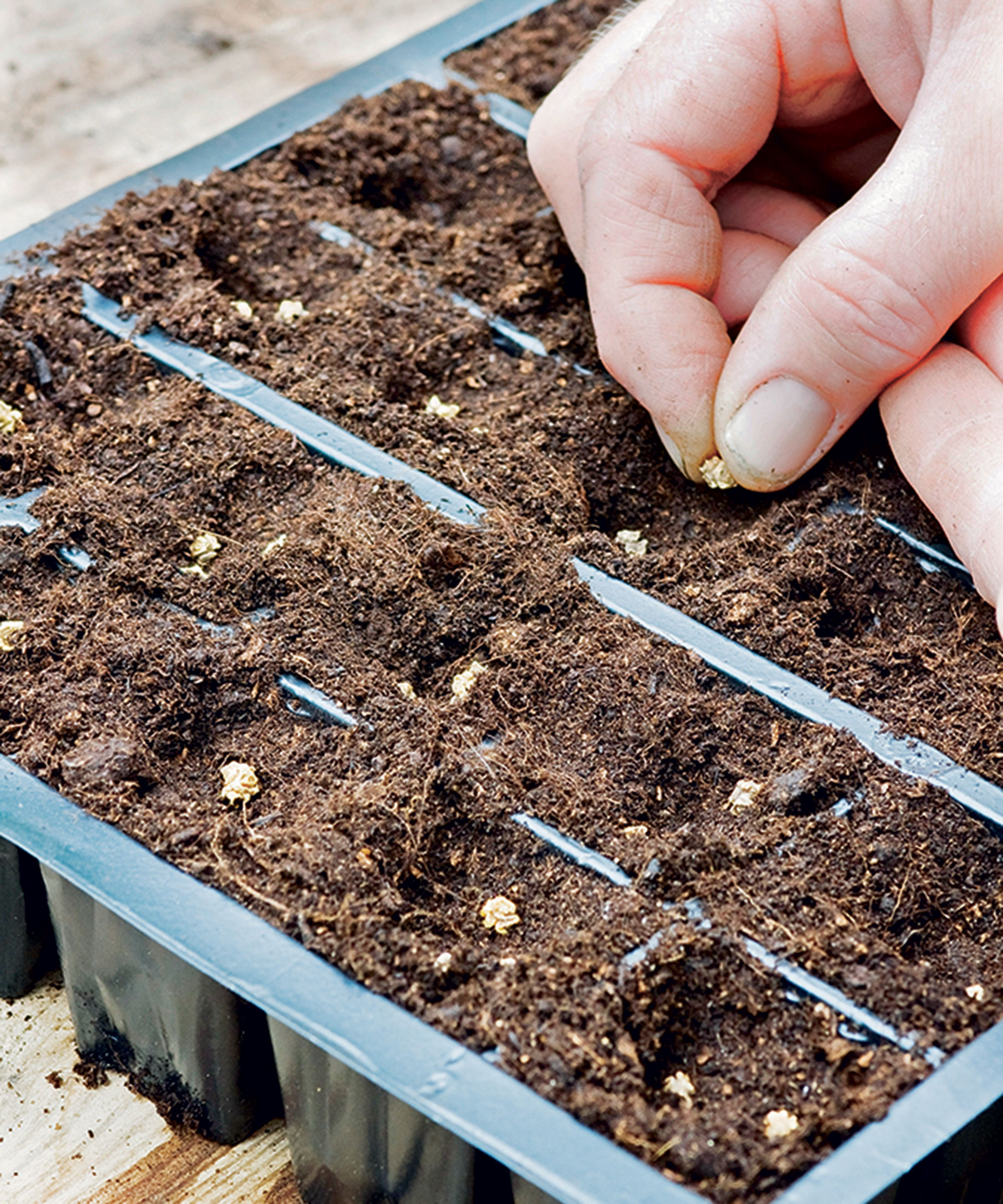
Lots of plants can either be sown indoors or outdoors - and which you choose will dictate the timings. Plants that are started indoors early are frost-sensitive to be planted out after the risk of frost, or sowed directly once the soil has warmed up in spring. There are some crops that are always best planted directly into the soil, including when growing carrots and growing parsnips.
There are advantages to sowing indoors early, including getting a head start on the season, and reducing the risk from erratic weather or pests such as slugs nibbling your seedlings. However, you do need space to start plants indoors - such as a greenhouse or on bright windowsills - and such space may be limited.
Depending on your space, and your plants list, work out what needs to be sown indoors, how much you can accommodate, and what you plan to sow directly outdoors instead. You can always sow a batch indoors earlier and then follow-up with later sowings outdoors. The seed packets will give exact timings for when to sow the seeds inside and outside that you can factor into your seed sowing schedule.
Get a final plan together

There are many ways you can make your seed sowing schedule. It can simply be with a pen and paper, or on a spreadsheet, while you can now use a smartphone or use apps to help you plan your sowing.
I always tended to make a spreadsheet and also print out a copy to have to hand in the garden. This paper copy often ended up covered in notes, scribbles, and dirt, but it was a useful reference document to have to hand. The plan can be done monthly or weekly - I have always planned mine with weekly sowings and marked each one off when done.
My plans were quite detailed, containing the name of plant, how it was being sown - including whether it was being sown indoor or outdoor, in seed trays or in modules - whether it was a successional crop, and also a rough idea of when that sowing should be ready to be planted out.
It does not need to be as complicated as mine were, simply having all your seed packets organized together into months can be a simple way to get started and organized.
FAQs
When should I start germinating seeds?
Spring is the best time to start sowing many seeds. You want to schedule your sowing to start around 4-6 weeks before your last typical frost date. The warmer your climate, the earlier this is going to be. For most gardeners, the best time will run from March through to May. It is a window where the temperatures and light levels have increased and the resulting seedlings will be ready to go out into the garden from late spring onwards. In warmer climates, you may be able to start planting vegetables and sowing flowers in February indoors.
No matter what planning you do, using the wrong soil to start seeds will impact the germination. Always use a mix designed to start seeds in, such as this organic seed starting potting mix on Amazon. Do not use old potting soil from containers, or reuse old garden soil, as they are not suited for seeds and wont deliver good results.

Drew has worked as a writer since 2008 and was also a professional gardener for many years. As a trained horticulturist, he worked in prestigious historic gardens, including Hanbury Hall and the world-famous Hidcote Manor Garden. He also spent time as a specialist kitchen gardener at Soho Farmhouse and Netherby Hall, where he grew vegetables, fruit, herbs, and cut flowers for restaurants. Drew has written for numerous print and online publications and is an allotment holder and garden blogger. He is shortlisted for the Digital Gardening Writer of the Year at the 2025 Garden Media Guild Awards.


